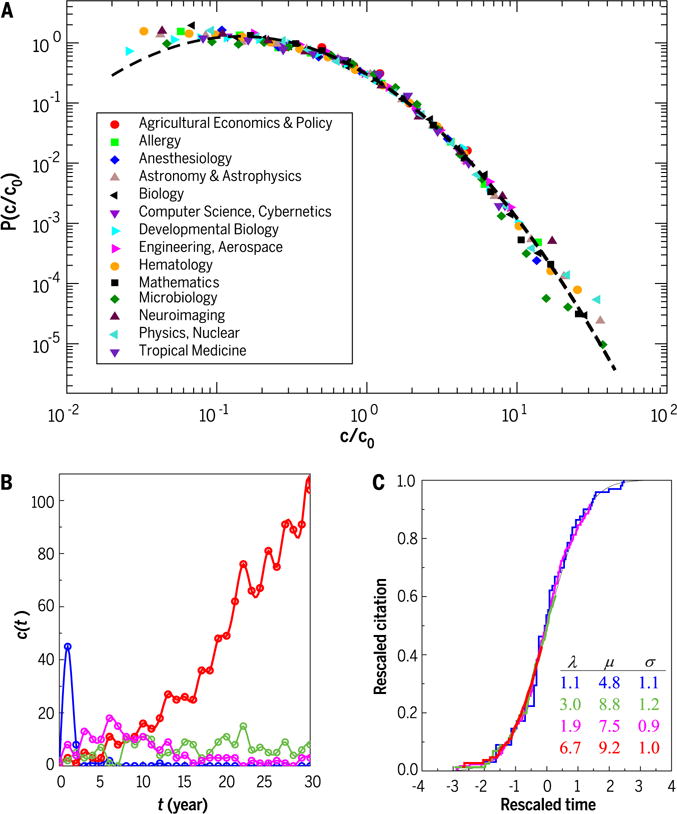Fig. 5. Universality in citation dynamics.

(A) The citation distributions of papers published in the same discipline and year lie on the same curve for most disciplines, if the raw number of citations c of each paper is divided by the average number of citations c0 over all papers in that discipline and year. The dashed line is a lognormal fit. [Adapted from (69)] (B) Citation history of four papers published in Physical Review in 1964, selected for their distinct dynamics, displaying a “jump-decay” pattern (blue), experiencing a delayed peak (magenta), attracting a constant number of citations over time (green), or acquiring an increasing number of citations each year (red). (C) Citations of an individual paper are determined by three parameters: fitness λi, immediacy μi, and longevity σi. By rescaling the citation history of each paper in (B) by the appropriate (λ, μ, σ) parameters, the four papers collapse onto a single universal function, which is the same for all disciplines. [Adapted from (77)]
